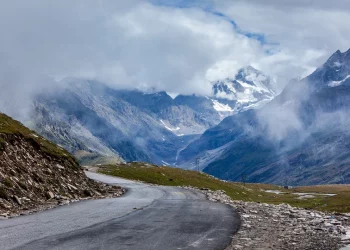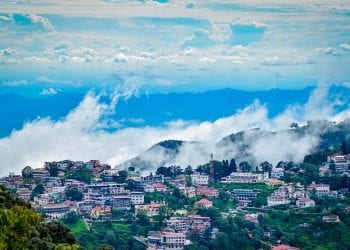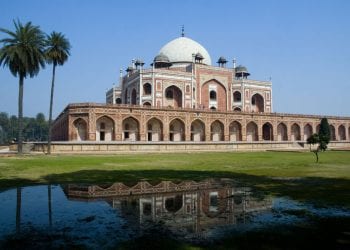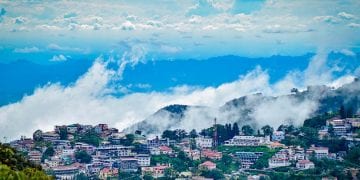The Festival Of Lights – Mapping Diwali Celebrations Across India
The Indian festival of Diwali is one of its most anticipated and widely celebrated festivals. And in a country so diverse, Diwali celebrations find resonance and retelling in multiple ways across the country. Popular traditions mark it as the day Lord Ram defeated the demon, Ravana, and returned to his home city, Ayodhya. Southern parts of India call it Deepavali instead and celebrate the day Lord Krishna defeated the demon Narakasura. Irrespective of which mythological camp you fall in, Diwali or Deepavali is a time of joy and togetherness throughout the country.
The festival of light is celebrated across different religions and regions in India. The Hindus believe that Diwali is when Lakshmi, the Hindu Goddess of Prosperity, bless her people with wealth and happiness. The Jains celebrate the festival to mark the day when Lord Mahavira, the last of the 24 Tirthankaras, attained Nirvana. The Sikhs celebrate the festival as a remembrance to their teacher Guru Hargobind Ji, who was released from Mughal captivity in Gwalior on this day.
Following Diwali lights and stories across India
As you make your way across the country, Diwali celebrations and traditions take on intriguing manifestations. Each region focuses on a special mythological event or interpretation of it, with festivities dedicated to different deities.
Diwali in North India
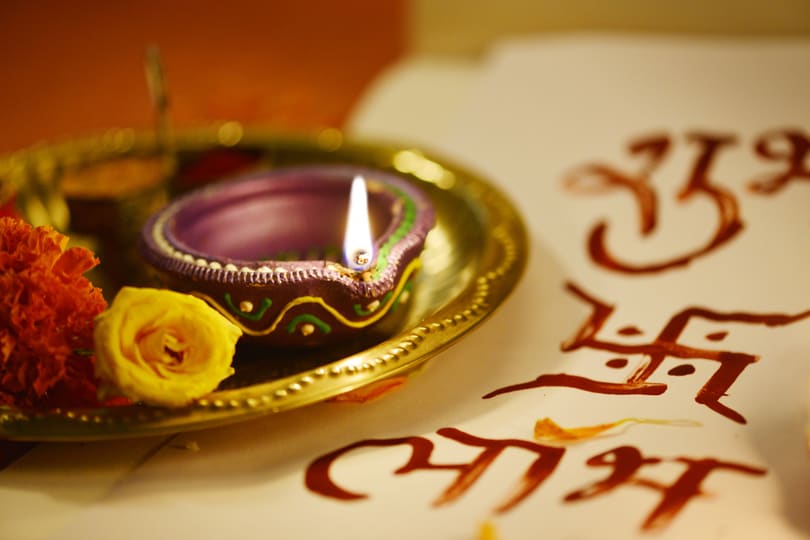
The Indian festival of Diwali is one of its most anticipated and widely celebrated festivals. And in a country so diverse, Diwali celebrations find resonance and retelling in multiple ways across the country. Popular traditions mark it as the day Lord Ram defeated the demon, Ravana, and returned to his home city, Ayodhya. Southern parts of India call it Deepavali instead and celebrate the day Lord Krishna defeated the demon Narakasura. Irrespective of which mythological camp you fall in, Diwali or Deepavali is a time of joy and togetherness throughout the country.
The festival of light is celebrated across different religions and regions in India. The Hindus believe that Diwali is when Lakshmi, the Hindu Goddess of Prosperity, bless her people with wealth and happiness. The Jains celebrate the festival to mark the day when Lord Mahavira, the last of the 24 Tirthankaras, attained Nirvana. The Sikhs celebrate the festival as a remembrance to their teacher Guru Hargobind Ji, who was released from Mughal captivity in Gwalior on this day.
The Indian festival of Diwali is one of its most anticipated and widely celebrated festivals. And in a country so diverse, Diwali celebrations find resonance and retelling in multiple ways across the country. Popular traditions mark it as the day Lord Ram defeated the demon, Ravana, and returned to his home city, Ayodhya. Southern parts of India call it Deepavali instead and celebrate the day Lord Krishna defeated the demon Narakasura. Irrespective of which mythological camp you fall in, Diwali or Deepavali is a time of joy and togetherness throughout the country.
The festival of light is celebrated across different religions and regions in India. The Hindus believe that Diwali is when Lakshmi, the Hindu Goddess of Prosperity, blesses her people with wealth and happiness. The Jains celebrate the festival to mark the day when Lord Mahavira, the last of the 24 Tirthankaras, attained Nirvana. The Sikhs celebrate the festival as a remembrance to their teacher Guru Hargobind Ji, who was released from Mughal captivity in Gwalior on this day.
the eternal conflict between good vs. evil. Once it’s time for the actual festival, Diwali celebrations in North India go on for five days, beginning with ‘Dhanteras’ and extending up to ‘Bhai Dooj.’
In the northern part of India, Diwali festivities revolve around Lord Rama and his triumph over Ravana. Lord Rama went into exile for fourteen years, during which the ten-headed demon, Ravana abducted his wife, Sita. Lord Rama, along with his brother Laxman and beloved devotee Lord Hanuman, fought an epic battle against Ravana and rescued Sita. Upon returning to Ayodhya, Lord Rama was welcomed by village completely lit up with lamps to illuminate his path.
Diwali in North India starts with ‘Dhanteras,’ which is two days before the actual festival. It is a day when people buy gold, silver, or copper utensils, as it is considered auspicious. Dhanteras is followed by ‘Chhoti Diwali’ which finally culminates into Diwali and its grand celebrations.
Afternoons are spent decorating the houses, and the evenings are spent in devotion to Goddess Lakhsmi and Lord Ganesha. Homes are thoroughly dusted, cleaned, vacuumed, and turned inside out before decorations can begin! Families then come together to create beautiful rangolis, along with diyas, candles, and flowers placed all around the house. The light and color in the house seek to welcome the goddess Lakshmi and her blessings for wealth, prosperity, and peace in the family.
Special pujas dedicated to goddess Lakshmi are an essential tradition in North India. During the Puja, families place a silver coin in a glass of milk that is then sprinkled in other rooms of the house for good luck. Families then come together to light diyas, exchange sweets, and burn crackers into the wee hours of the night
The cities and towns of North India are iridescent at night! Each corner glows with mesmerizing light – from shops and markets to beautiful trees and once-lonely streets. Besides having to dodge crackers, you might also come across the staging of a Ram Lila in one of the street corners. It is a dramatic interpretation of the story of Lord Rama.
Diwali in East India
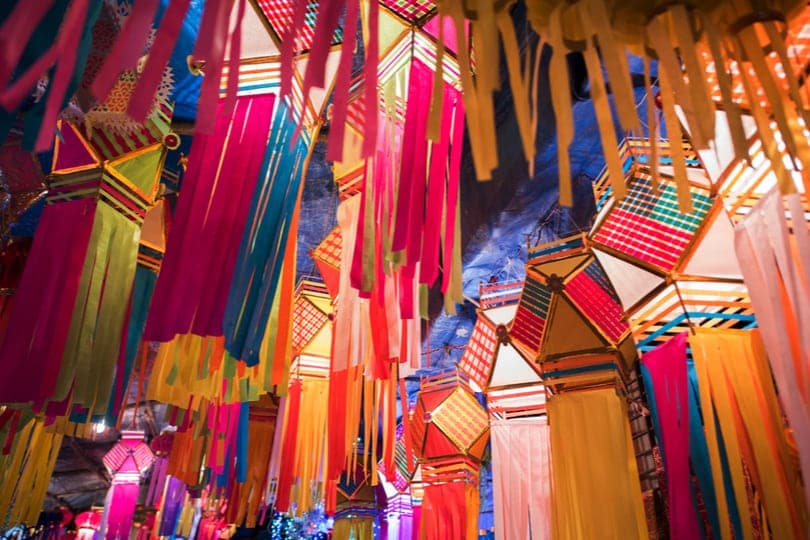
Diwali is a celebration of the triumph of good over evil in East India as well, but the mythological story here is a little different. Diwali celebrations – particularly in West Bengal – mark the day when Goddess Parvati took the form of goddess Kali to kill the demon Bakrasura. The festival is celebrated as Kali Puja in this part of the country and Goddess Kali rightly takes center stage in all festivities.
People in West Bengal and Assam perform Kali Puja on the night of Diwali and offer prayers to their ancestors. In Bihar and Jharkhand, families observe Lakshmi Puja in the evening, and women make rangolis in their homes and temples.
The Rangolis in Eastern India are beautiful in their simplicity and elegance. Traditionally, the Rangoli was made with white rice paste and not colors. It is locally called ‘Alpona’ and decorated with red paste and small diyas in certain spots for a dash of warmth and color.
Some parts of eastern India also observe the tradition of Bali or sacrifice during the festival. A goat is sacrificed to the goddess on this day, which is cooked and feasted on later. The sacrifice is an old ritual and considered extremely auspicious. It is no wonder why mutton curry is one of the most popular dishes during this time!
A common theme running throughout the Diwali celebrations in East India is the remembrance of ancestors. It is an occasion to honor the departed souls of loved ones. In Odisha, families pay respects to their ancestors by lighting earthen oil lamps on poles to guide their way to heaven. In some parts of rural West Bengal, jute stems are burnt and lights are placed on paths so ancestors might safely make their way to the afterlife.
Diwali in West India

Not one to be left behind, West India also celebrates Diwali and the arrival of Goddess Lakshmi in style. Making Rangolis is an integral and sacred part of Diwali celebrations across all states in western India. Families make intricate and colorful Rangoli patterns at the entrance of the house and in the puja area to welcome goddess Lakshmi. Small footsteps of the goddess are made all over the house. The imprints of her footsteps are symbols of wealth entering the house along with the goddess.
Maharashtrians perform Lakshmi Puja in their homes and organize a feast known as “Faral.” There are also some places in the state where people perform rituals to worship their cattle. People’s houses are resplendent with rangolis and diyas, along with a kitchen overflowing with sweets and snacks! A fascinating tradition is the offering of a sweet called Naivedya to the goddess. It is a delectable treat made of coriander seeds and jaggery. It is also quite common for people to wake up early to bathe on the day of Diwali after applying a powder made of gram flour called Uptan.
Gujaratis have a cause for double celebration! Not only is it Diwali, but the day also coincides with the Gujarati New Year and is considered immensely auspicious. Some houses in Gujarat leave a diya of ghee burning the whole night. The residues of the flame are collected to make kajal the next day. The women apply this kajal on their eyes to bring prosperity to the family in the coming year.
In Rajasthan, the famous temple of Nathdwara rings in Diwali with great religious fervor. The deity at the temple is washed with milk and adorned with gold ornaments. Also known as Govardhan Puja in many parts of Rajasthan and Gujarat, the ‘bhog’ prepared on this day is special for devotees.
The forts and palaces in Rajasthan are magnificent in their own right, but they look even more majestic lit up for Diwali celebrations. One can enjoy the display of fireworks or traditional dances that are specially arranged in the evening.
Diwali in South India
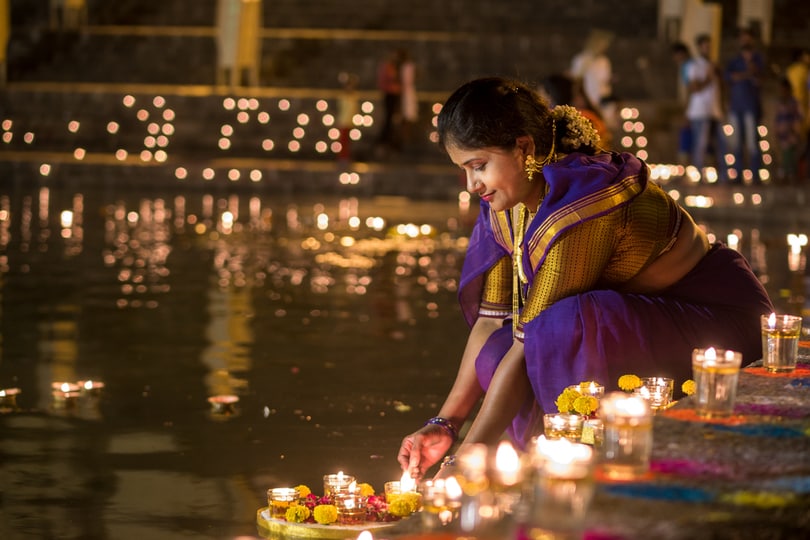
South Indians keep their Diwali celebrations simple and traditional. The festival is called Deepavali in this part of the country. Celebrations involve meeting friends, family, and feasting on homemade delicacies. In the south, Deepavali is a commemoration of Lord Krishna’s conquest over Narakasura, the powerful king of Assam. Deepavali in South India is celebrated across the states of Tamil Nadu, Karnataka, Andhra Pradesh, Telangana, and Kerala.
Like all other parts of the country, the houses are spruced up one day before the main festival. In Tamil Nadu, the kitchen, in particular, is given a good scrubbing down. The stove is washed thoroughly and adorned with lime and kumkum. A massive vessel of water is placed on the stove for an oil bath the next day. People traditionally wake up early to bathe on the day of the festival, after which they apply an ayurvedic pasted called ‘Deepavali Legiyam.’ The Puja is dedicated to Lord Krishna. It marks the day of battle with Narakasura when Lord Krishna set free about ten thousand prisoners. Tamil Nadu also observes a unique tradition called ‘Thalai Deepavali,’ wherein newlyweds spend their first Deepavali after marriage in the bride’s maternal home.
While the celebrations are generally similar in the region, Karnataka’s narrative on Deepavali revolves around Goddess Lakshmi as well as Lord Vishnu. Lakshmi for wealth and prosperity and Lord Vishnu for his triumphant victory over Bali. It is considered lucky to buy gold on this day. People also celebrate by donating to the less fortunate. In Andhra Pradesh, many troops perform ‘Harikatha’ or the musical narration of the story of Lord Hari.
Diwali might be a festival diversely interpreted, but it brings people together across religious and regional lines – an occasion both of light and light-heartedness. In a country that takes its festivals seriously, Diwali celebrations are one of the grandest ways to experience the magic and madness of India.
Recent Posts
Top Picks
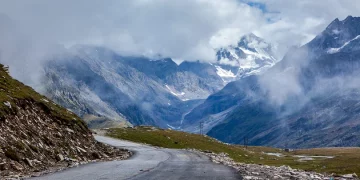
- OYO
 15 April, 2024
15 April, 2024 - Cultural Tour

- OYO
 15 April, 2024
15 April, 2024 - Cultural Tour

- OYO
 15 April, 2024
15 April, 2024 - Cultural Tour

- OYO
 15 April, 2024
15 April, 2024 - Cultural Tour

- OYO
 15 April, 2024
15 April, 2024 - Cultural Tour

Please rotate your device
Please go back to portrait mode for the best experience




 April 15, 2024
April 15, 2024 